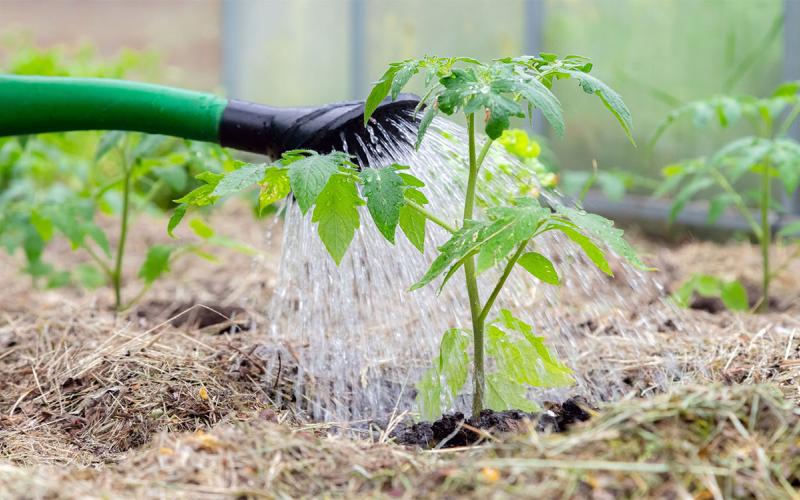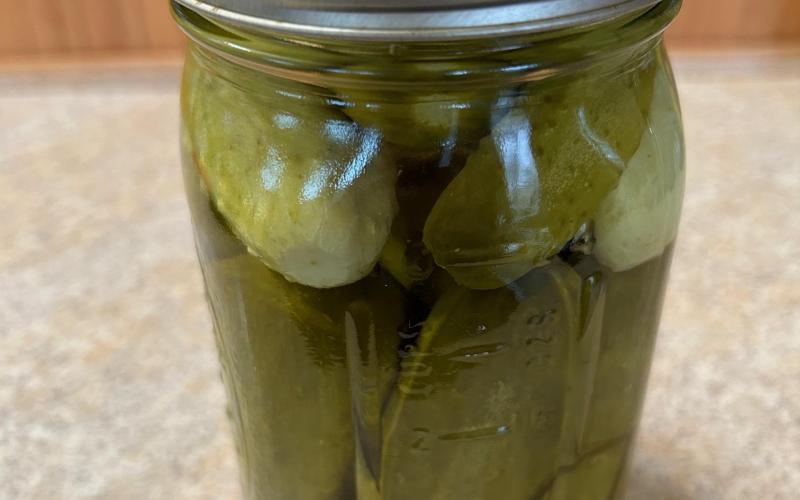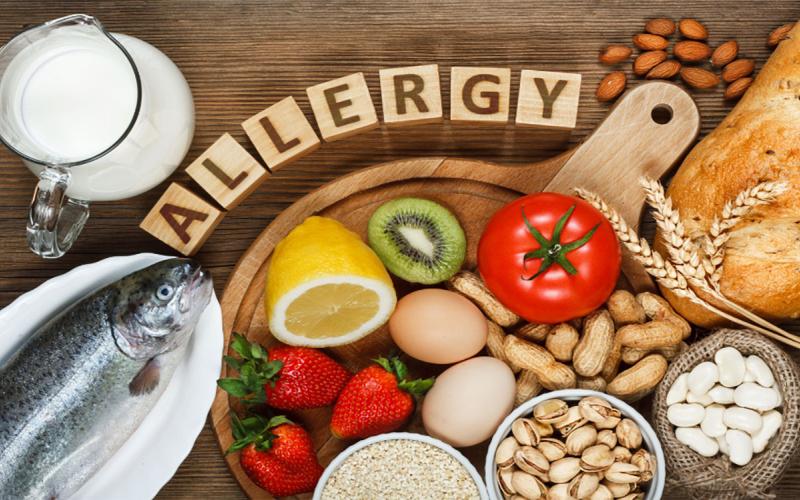It’s not always frequent, but periodically we hear of some of our favorite foods being recalled or a food company issuing a recall. Recalls can be surprising, as the consumer generally believes that foods are always manufactured with controls in place to prevent such an event. However, there are unplanned issues or events that can take place at a manufacturing plant where the manufacturer is no longer in possession or control of the product and the product becomes adulterated or contains a defect. Sometimes the defect with the product can be hazardous to the consumer, and sometimes it may be non-hazardous. In this article, we’ll discuss the difference between a market withdrawal and a recall and then discuss how a consumer can use this information to stay safe.
Market Withdrawals

A market withdrawal is a formal process of retrieving product from customers for performance or quality reasons. Regulatory agencies are not involved in a quality withdrawal. When a product has a minor violation or quality defect that is non-hazardous, it would not be subject to FDA legal action.
An example of a market withdrawal turning into a recall is the Chobani case of 2013. In the initial assessment, it showed that the mold found in the yogurt was a “common mold,” which was a quality issue, but not a food safety issue and did not violate any food safety regulations, which would require a recall. However, more people who consumed the yogurt were reporting illness, which escalated the severity and eventually was classified by FDA as a Class II recall. In this specific instance, it’s important to consider that the firm’s risk assessment needs to be ongoing as more information is gathered and analyzed.
Another example of a market withdrawal could be a snack bar that was stored in very warm conditions where the confectionary coating melted, the quality characteristics of the product were lost, and consumers began to report the defect. Another example could be a popsicle having an off taste or odor but not having any food safety risk and subsequently begins to melt creating a quality issue. As you can see by these examples, market withdrawals are typically associated with non-hazardous defects with products. However, as in the Chobani case, it is also important to note that market withdrawals can change to recalls as more information is gathered and analyzed.
Product Recalls
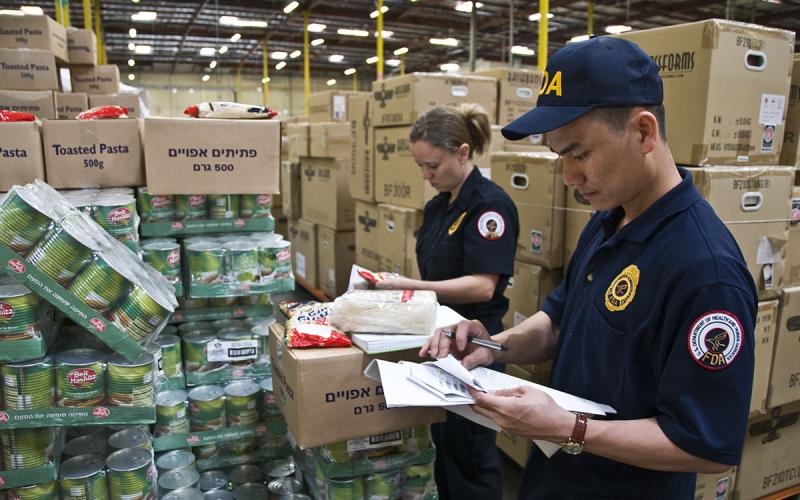
Recalls may be conducted on a firm’s own initiative, by a regulatory agency’s request, or by the order of a regulatory agency under statutory authority. A recall is a set of actions taken by a firm to remove a product from the marketplace. Regulatory agencies are involved in a recall. The recall is intended to remove food products from commerce when there is reason to believe the products may be adulterated or misbranded. There are three classes of recall, which are as follows:
- Class I: There is a reasonable probability that the use of or exposure to a violative product will cause serious adverse health consequences or death.
- Class II: Use of or exposure to a violative product may cause temporary or medically reversible adverse health consequences, or the probability of serious adverse health consequences is remote.
- Class III: Use of or exposure to a violative product is not likely to cause adverse health consequences.
As mentioned above, there are three different classes of recalls, with Class I being the most hazardous. A recall is initiated when the firm has identified that a product that may cause injury or illness and is out of the firm’s control and into commerce. Once a firm has identified that a recall needs to be initiated, they will notify the FDA, and the FDA will send out a release of the details and will also visit the firm. An example of a recall is Kellogg issuing a notice on their Honey Smacks Cereal due to Salmonella concerns FDA Kellogg Honey Smacks Recall. The press release for the recall will include the product that is being recalled, the reason the product is being recalled, information on the hazard and health implications on exposure to the hazard, and how to identify the recalled product. If you are ever concerned that you have purchased a product that may be implicated in the recall, it is important to check the following information: UPC code, Best If Used By Date (or BIUB), and Product Description (see Table 1 below).
| Description (Retail) | UPC Code | Size | BEST If Used By Date |
| Honey Smacks (with limited distribution outside the U.S.) | 3800039103 | 15.3 oz | JUN 14, 2018 through JUN 14, 2019 |
| Honey Smacks | 3800014810 | 23 oz | JUN 14, 2018 through JUN 14, 2019 |
Source: U.S. Food and Drug Administration
What to Look For
In this instance, the firm is saying that product with a BIUB date from June 14, 2018 through June 14, 2019 and with UPC codes 3800039103 and 3800014810 may be unsafe and potentially contaminated with Salmonella. The FDA will also post pictures to assist the consumers in positively identifying the product (see Figure 1 and Figure 2)
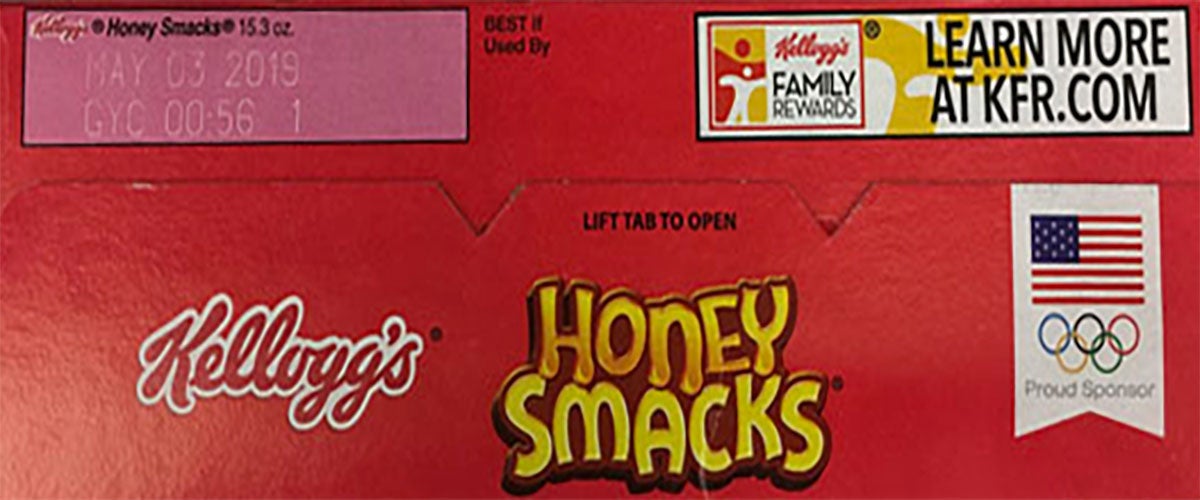
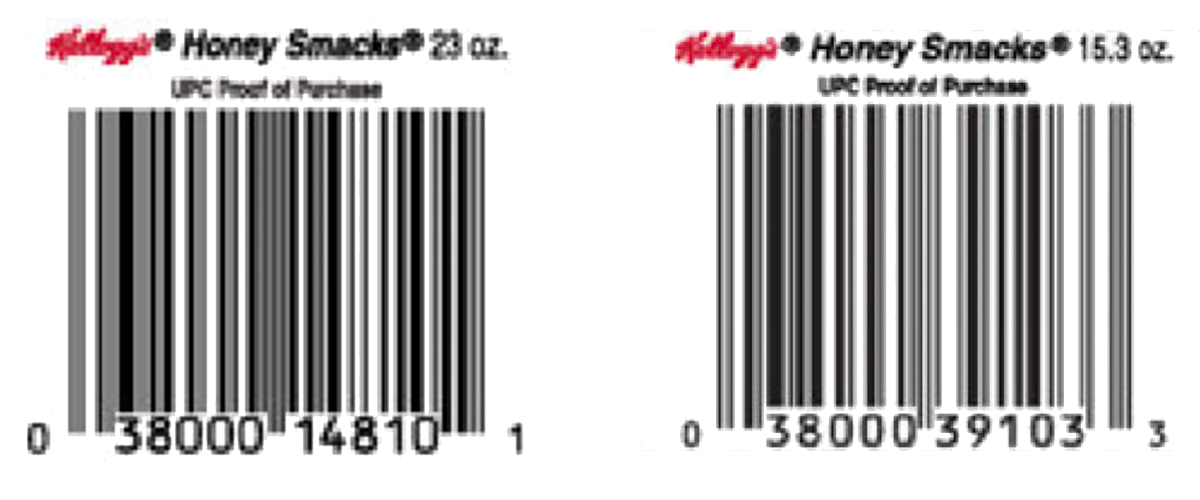
In Summary
In summary, it is important to know the difference between a market withdrawal and a recall, along with the potential implications to your health for each. A market withdrawal is used to withdraw product from the market that is non-hazardous and has some sort of a quality defect, while a recall is a process used to retrieve product from the market that may be potentially hazardous. If you are ever concerned that the product you’ve bought may be implicated, check the FDA Recall Website. The website allows you to search for the product and provides you with the product description, UPC code, and BIUB so you can positively identify potentially implicated product and keep yourself safe from consuming potentially hazardous and adulterated product.
